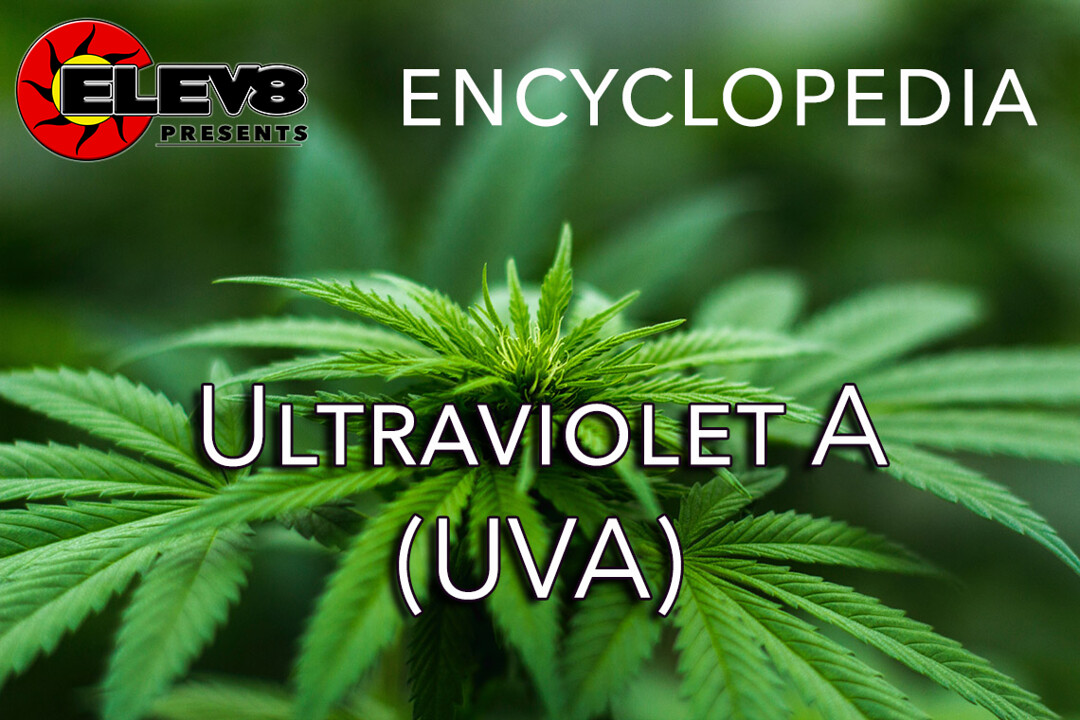What does Ultraviolet A (UVA) mean?
Ultraviolet light refers to electronic radiation that has a longer wavelength than X-rays, but shorter than visible light. This natural light is produced by the sun, but it is often artificially replicated in indoor gardens to encourage plant growth and development.
Ultraviolet A lighting or rays refers to long-wave, black light that is not absorbed by the ozone layer.
Ultraviolet A is used in photosynthesis and aids in regulating the different stages of the plant’s developmental process.
More Info On Ultraviolet A (UVA)
There are several different types of ultraviolet light, otherwise known as UV rays. In addition to ultraviolet A, the other types include ultraviolet B, ultraviolet C, Near ultraviolet, Middle ultraviolet, Far ultraviolet, Hydrogen Lyman-alpha, Vacuum ultraviolet, and Extreme ultraviolet.
According to botanists, experiments showed that plants do not always react in the same way when exposed to ultraviolet A light. In some cases, UVA actually aided in the nutrient breakdown, while generating new vitamins to help the plants thrive.
A 2015 study carried out by the International Agrophysics showed that herbs and vegetables like microgreens, pak choi, beets, and basil displayed an increased leaf area and a healthier yield when exposed to UVA.
Similarly, another study carried out in 2009 by Chinese botanists showed that cucumber plants grown under indoor UVA lights displayed a more productive yield and a more receptive photosynthetic potential.







